Manufacturing
The Rebar Revolution
Heavy industry is lightening up as innovators develop new carbon-free ways to manufacture cement and steel — the backbone of our “built environment.”
Walk outside and look around you. It may not be New York, but you’re still likely surrounded by a concrete jungle.
The main ingredient in that concrete is cement, the most widely used man-made material in the world. Together, cement and steel production make up 10% of global greenhouse emissions.
The ubiquity of these materials is just one reason why manufacturing is the hardest sector to decarbonize. But here’s the good news: It’s also the one that’s seen arguably the most exciting progress over the last year—on policy, innovation, and actual deployment of technologies.
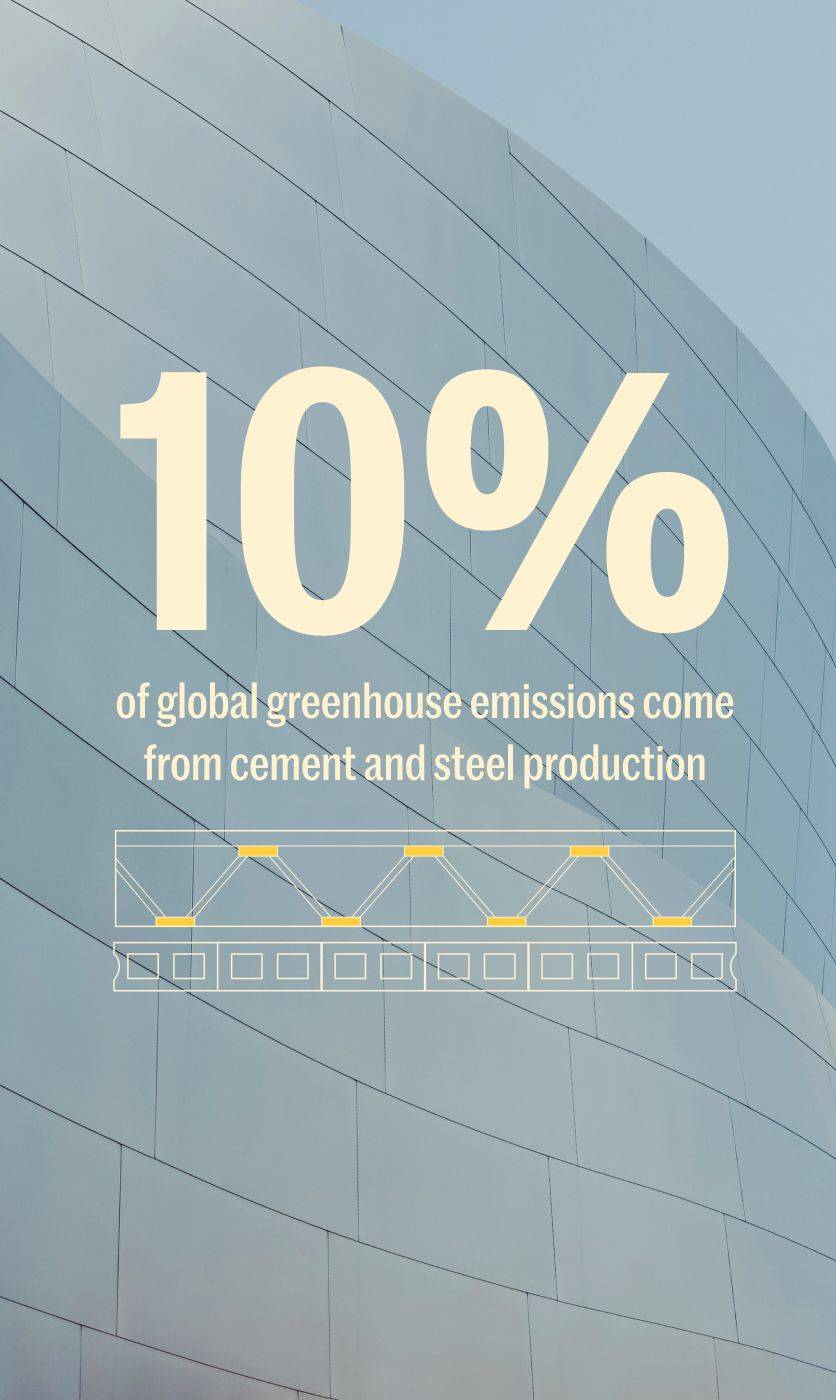
The Industrial Demonstrations Program
Let’s start on the policy side. Earlier this year, as part of the Inflation Reduction Act, the U.S. Department of Energy announced $6 billion in funding for innovative clean industrial technologies through the Industrial Demonstrations Program (IDP). A number of companies with promising technologies received capital from this critical funding, which represents the single largest federal investment for industrial decarbonization.
In addition to more public funding, we’ve seen an increasing focus on procurement contracts. Since both steel and cement are “merchant markets,” they have trouble securing long-term offtake agreements, making it harder to build new factories and begin production. This has long been a barrier in this space, even before the development of clean industrial technology. The Federal Buy Clean Initiative is helping solve this problem, allocating funds for the U.S. government—the country’s biggest purchaser of construction materials—to buy more clean materials.
While we need to continue cleaning up the process of making these materials, we also need to clean up the process of buying them.Share Quote
If you want to lose weight or eat healthier, you may start looking at the nutrition labels on the food you eat. The same goes for buying clean materials—in order to lower your carbon footprint, you need to know how much embodied carbon is in materials you’re using to build.
That kind of transparency has traditionally been lacking in this space. That’s why the Bipartisan Infrastructure Act’s recent funding for Environmental Product Declarations is so important. Like nutrition labels, these declarations allow government and private consumers to make more informed decisions about which products to purchase.
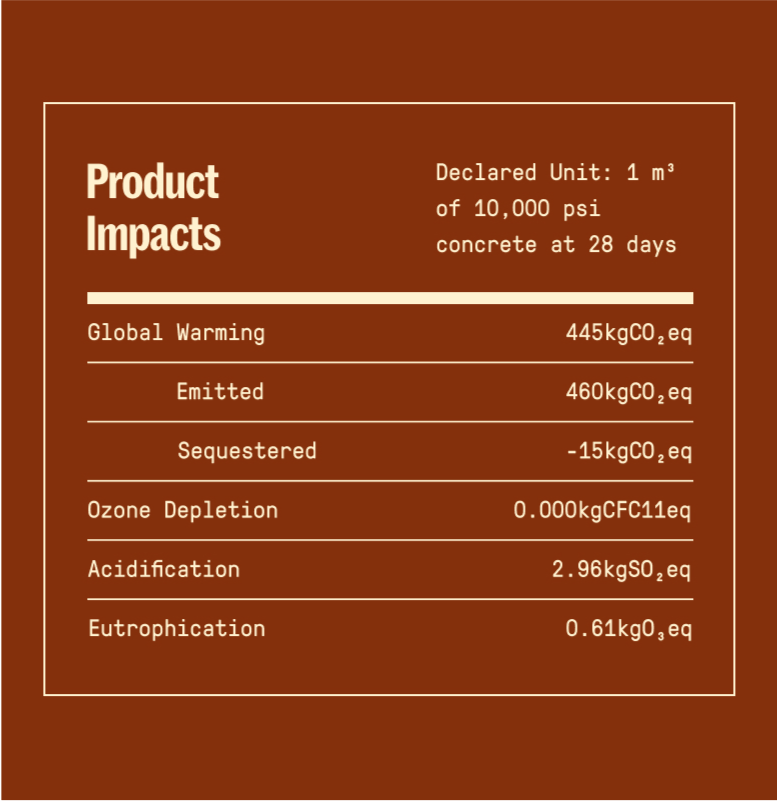
Unfortunately, the advancements we’ve seen in the U.S. over the last year have not translated globally. While Europe, for example, has made progress in end-use applications, such as including regulation on whole-life carbon in new buildings, the region remains stagnant in its decarbonization goals for cement, which accounts for 4 percent of its CO2 emissions.
Last year, BE helped launch the Alliance for Low-Carbon Cement and Concrete, a group of companies and NGOs from across the industrial ecosystem, to spur action on cement in the EU. We have technologies that are ready to scale right now—we just need more movement and urgency from European lawmakers to support performance-based standards, “buy clean” policies, innovative financing, and a level-playing field with incumbents.
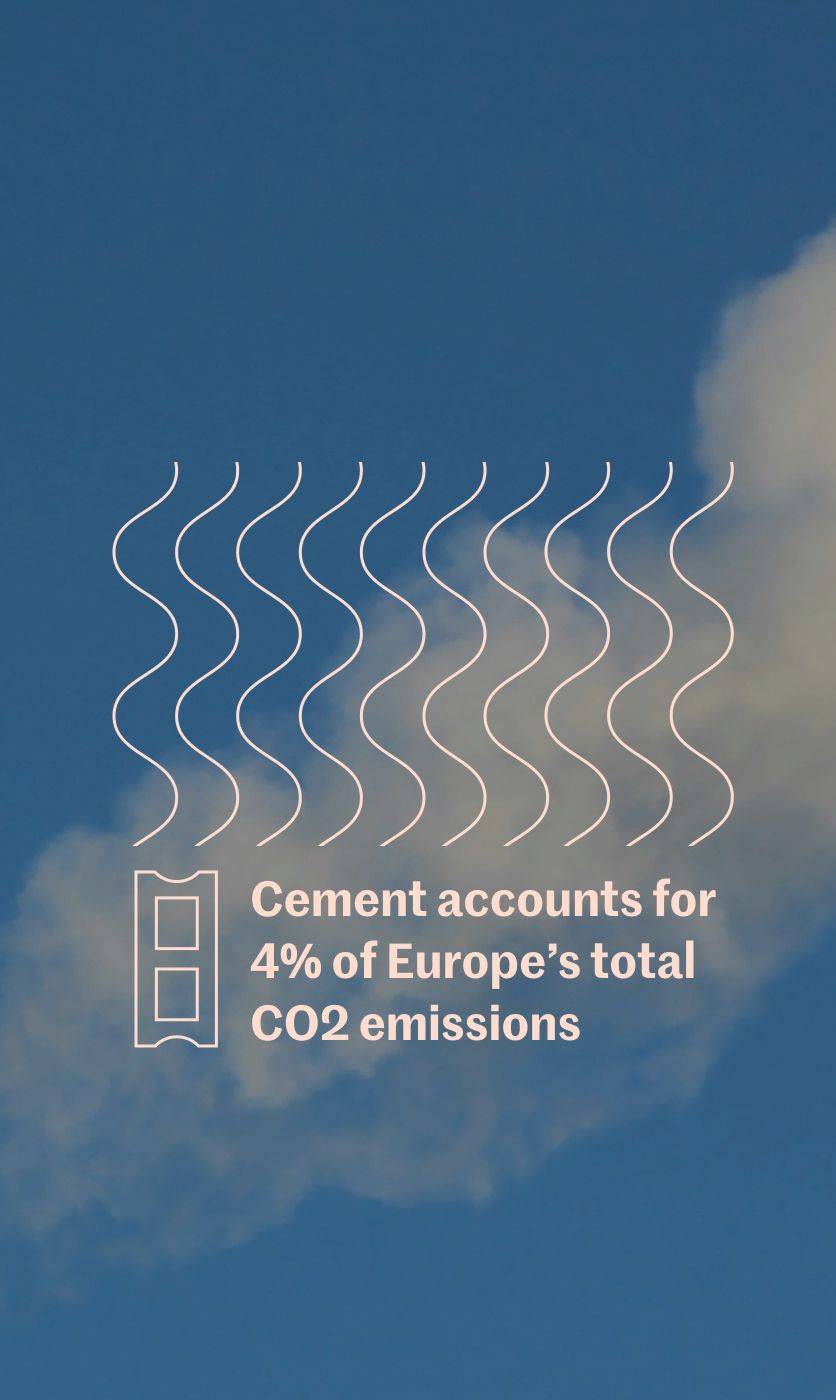
Decarbonizing Heavy Industrials
We’ve also seen broader acceptance, over the past year, of innovation’s critical role in decarbonizing heavy industrials—not just through carbon capture and sequestration, but also through new technologies and solutions. And this innovation can be found across the three phases of growth in the climate tech space, what we often refer to as the three D’s: Discovery, Development, and Deployment.
- Manufacturing
Ecocem
BE-backed companies like Ecocem, for example, are delivering scaled solutions that can actually be deployed today. In fact, Ecocem is currently supplying the Grand Paris Express construction work, Europe’s largest transportation project, and the UK’s HS2 high-speed rail extension. Ecocem’s low-carbon tech was also deployed this summer in Paris to help construct the Athletes’ Village. And we’re on the verge of even more progress in this space with Ecocem’s groundbreaking globally scalable ACT cement technology, which recently received a European Technical Assessment.
Rigorous trials in 2024 across a number of job sites have demonstrated that concrete made with ACT can deliver a 70% reduction in CO2 compared with the average European cement blend, while maintaining the concrete's workability, strength, and durability—and all without adding excessive costs. And it won’t be long before it comes to market: Ecocem plans to supply the technology commercially in Europe in 2026.
Breakthrough company
Ecocem
CementVideo
Decarbonizing Cement0:00/2:21 - Manufacturing
CarbonCure
Concrete made with CarbonCure’s technology is also immediately deployable and is already operating at scale in more than two dozen countries. Over seven million truckloads of CarbonCure concrete have been delivered, including nearly two million in just the last year alone.
Breakthrough company
CarbonCure
Concrete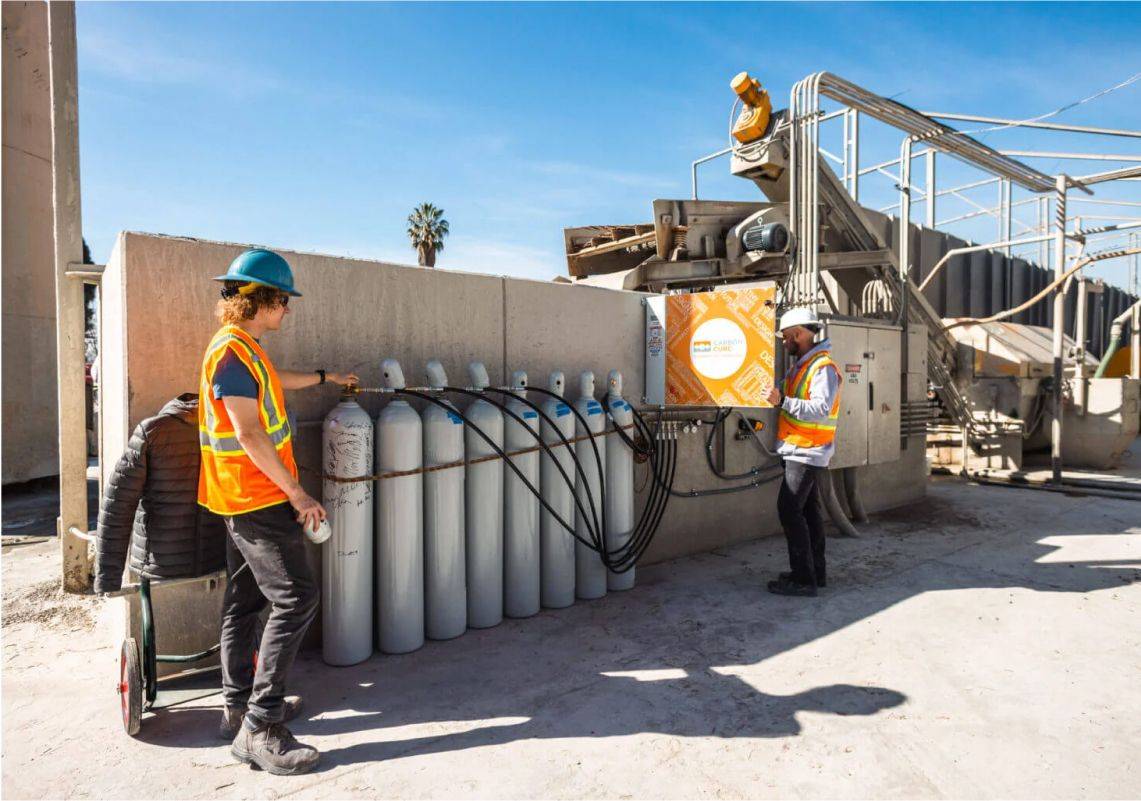
- Manufacturing
TerraCO2
Terra CO2 is another company innovating in this space. Their version of clean cement has been fully developed, and Terra CO2 is ready to deploy it in partnership with construction materials firms. In May, Terra CO2 secured a permit to build a new plant in Dallas, with construction slated to start by year-end. The facility, when completed, will let concrete makers produce their own cement substitute, potentially using more of it than traditional alternatives and reducing the need for regular cement. And like CarbonCure’s technology, it’s a drop-in solution that’s ready to be integrated into the supply chain right now.
Breakthrough company
Terra CO2
Cement
- Manufacturing
Boston Metal
Boston Metal tackles the steel side of this equation and it plans to license its technology to steelmakers for the production of green steel. And its technology was deployed commercially for the first time this year in Brazil to produce high-value metals and revenue from its high-value metals business supports scaling up their steel decarbonization technology.
Breakthrough company
Boston Metal
SteelVideo
Boston Metal is Decarbonizing Steel Manufacturing0:00/0:52 - Manufacturing
Brimstone
Other BE companies in still-earlier stages of development are already making significant progress. For example, Brimstone, a company we highlighted last year that significantly reduces the carbon footprint of cement, was selected for new IDP funding from the U.S. government.
Breakthrough company
Brimstone
Cement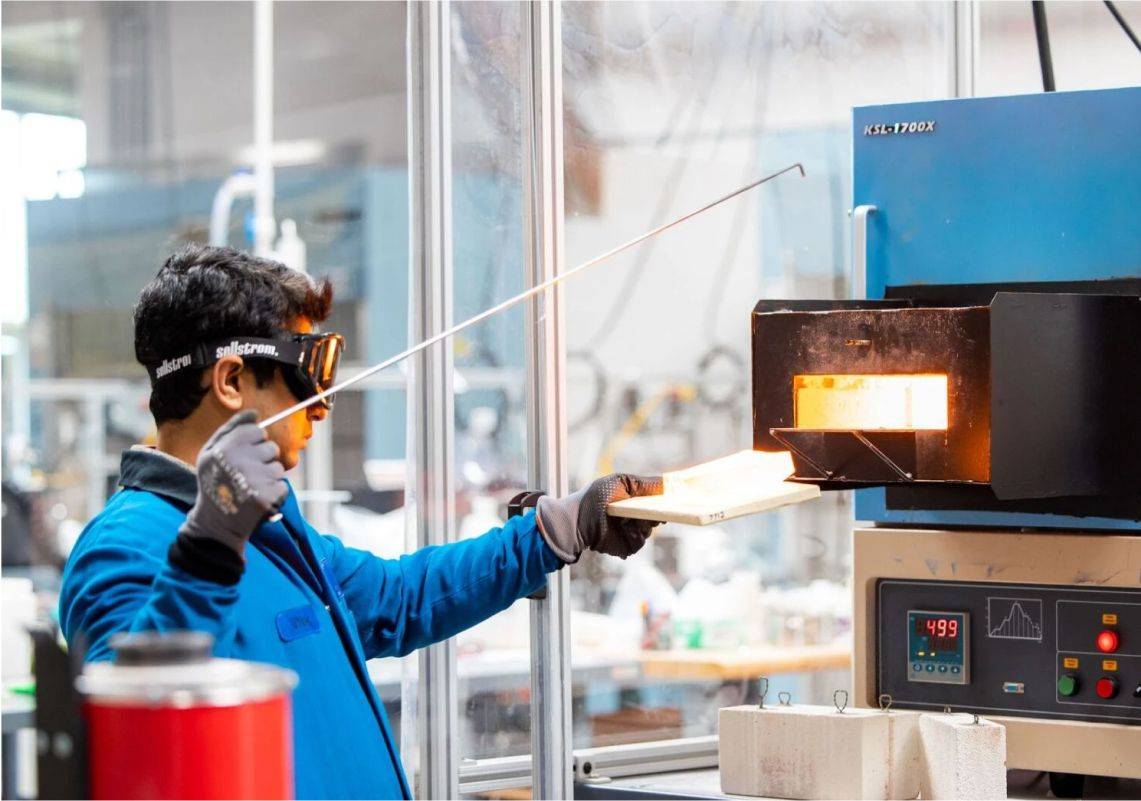
Of course, manufacturing is a massive category that covers all the ways we source and make the many things we use in society. Steel and cement are a major piece, but so are other products like hydrogen and chemicals, as well as the way we power our manufacturing, including industrial heat and the potential to electrify manufacturing processes. Industrial heat companies like Antora and Rondo, and grid-scale storage companies like FourthPower, which might also be considered Electricity innovations, are already negotiating projects and could play a critical role in helping decarbonize this sector.
Building the Infrastructure
We’ve made remarkable progress. But we still have work to do. And we could face a few obstacles in the coming year that can have lasting impacts, especially in the U.S. For example, the recent Chevron decision by the U.S. Supreme Court has the potential to hamper the efficiency and effectiveness of federal agencies in implementing new climate policies.
Even assuming that today’s policies remain untouched, we still have to continue investing in the supply of low-carbon technologies, spurring demand for low-carbon products, and supporting transparency for industrial materials.
But there are two more wrinkles here. First, we have to address embodied carbon in trade globally. When one country receives raw materials from others, they need to account for the emissions in the production of those materials as well, otherwise they risk undermining all the investments they’re making at home. But this can be accounted for; Europe, for instance, is tackling this problem with its Carbon Border Adjustment Mechanism.
Second, we have to build enabling infrastructure for all of these technologies to work. That means new transmission lines, as we discussed in the transmission section.
It means further investment in carbon capture and sequestration, since some manufacturing sectors might take a long time to fully decarbonize. And it means leaning into other tools, like clean hydrogen, which could help clean up heavy industry through a variety of ways—from being used as chemical feedstock for steel production, to the ammonia that can power the shipping of industrial materials.
